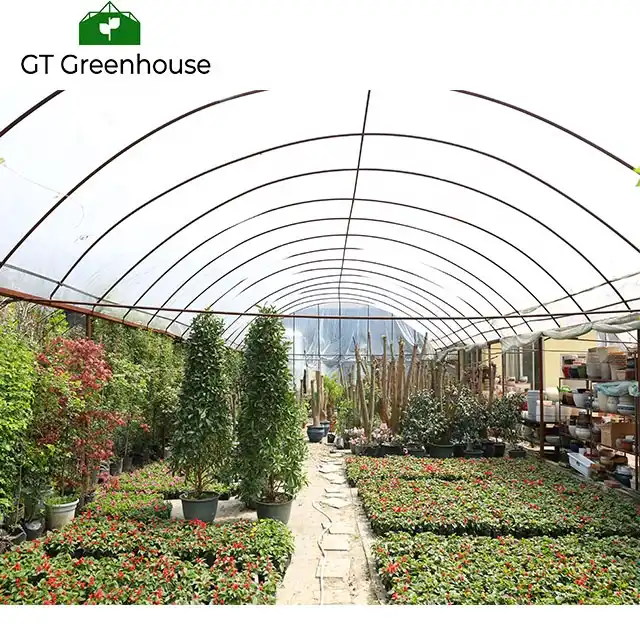In the realm of agriculture and sustainable food production, vegetable greenhouses stand as transformative structures, offering an ideal environment for cultivating a diverse array of vegetables year-round. These specialized structures have revolutionized the way vegetables are grown, providing growers with controlled environments conducive to optimal plant growth and bountiful yields.
Unveiling the Vegetable Greenhouse
Vegetable greenhouses are purpose-built structures designed to create a controlled environment that supports the growth of various vegetable crops. These greenhouses encompass several essential elements tailored to the needs of vegetable cultivation:
Specialized Design Features:
- Climate Control Systems: Equipped with ventilation, heating, and cooling mechanisms to maintain optimal temperatures and humidity levels.
- Natural Light Optimization: Utilize transparent materials like glass or high-quality plastic films to maximize sunlight exposure for photosynthesis.
- Irrigation and Water Management: Integrated watering systems ensure consistent moisture levels vital for vegetable growth.
Applications and Crop Diversity
Season Extension:
- Year-Round Cultivation: Vegetable greenhouses enable growers to extend growing seasons, allowing cultivation regardless of external weather conditions.
- Off-Season Harvests: They offer the opportunity to produce off-season vegetables, meeting market demands for fresh produce throughout the year.
Diverse Vegetable Cultivation:
- Leafy Greens and Herbs: Ideal for growing lettuce, spinach, kale, and various herbs known for their rapid growth in controlled environments.
- Tomatoes and Peppers: These greenhouses facilitate the cultivation of heat-loving crops like tomatoes and peppers, optimizing their growth conditions.
Sustainability and Efficiency
- Optimized Resource Use: Vegetable greenhouses are designed for efficient water and nutrient utilization, reducing wastage and conserving resources.
- Reduced Environmental Impact: By controlling conditions, these structures minimize the use of pesticides and fertilizers, contributing to eco-friendly cultivation.
Vegetable greenhouses stand as beacons of innovation in modern agriculture, fostering sustainable and efficient vegetable production. Their ability to provide a controlled environment for various vegetables, extend growing seasons, and optimize resource utilization underscores their significance in food production.
By harnessing technology and controlled environments, vegetable greenhouses empower growers to cultivate high-quality produce year-round, supporting local food systems and meeting the demands of consumers for fresh, nutritious vegetables. The evolution of vegetable greenhouses signifies a vital step toward sustainable agriculture, promising increased food security and a healthier future for communities worldwide.

